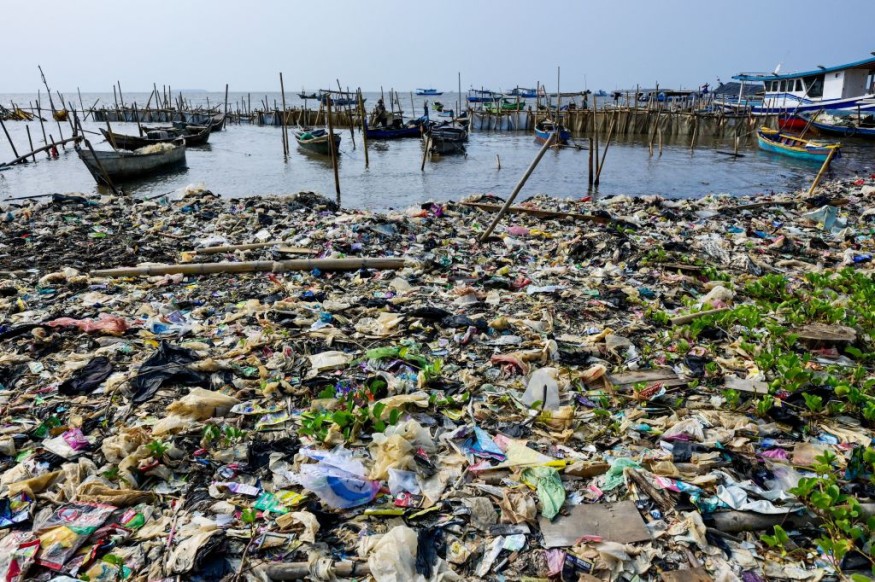Plastic pollution has continued to threaten the population of marine animals, including seals, dolphins and whales.
The microplastics in aquatic animals can likely harm human health as well.
The massive production of plastic use can have a devastating impact on marine ecosystems. Plastic on the beaches can enter the world's oceans, increasing the potential risks to animals.
Aquatic animals can then possibly consume small plastic or microplastics because they think of them as food sources. With the increasing plastic debris, it can cause more harm.
According to research in the Journal of Hazardous Materials, sea birds consume small plastic fragments, which are also called plasticosis.
The plastic can damage their digestive systems, which could lead to the bird's death.
Microplastics found in marine animals

Seabirds are one of the many casualties of plastic debris. A new report discovered harmful microplastics in the body tissues of seals, sea lions, whales, dolphins and other aquatic animals.
In a recent study on Environmental Pollution, researchers explained that aquatic species consumed large quantities of plastics in their stomachs, feces and other tissues.
According to the report, animals ate plastic bags, ropes and other materials. The increasing consumption of plastic can lead to the death of animals, and they are less likely to survive in the ocean.
Of the samples, 68% had microplastic particles. The researchers also noted that the consumed plastics could translocate in the bodies of marine animals.
The translocation of microplastic could result in health risks among humans. Because humans consume mammal meat and fish, they could suffer health risks or dangers.
Also Read : Massive Ocean Cleanup: 25,000 Pounds of Junk, Plastics Removed from Great Pacific Garbage Patch
Addressing plastic pollution
As a result, the mitigation of plastic in the ocean has been essential to prevent the risk among marine animals.
Recently, the Ocean Cleanup launched a massive ocean cleanup in the Great Pacific Garbage Patch.
Widespread plastic materials have continued to pollute the area.
With the cleanup, the Nonprofit group managed to remove over 55,000 kg of plastic in the area. It can help to mitigate the rapid accumulation of plastics over the Great Pacific Garbage Patch.
Furthermore, researchers are also looking into ways to recycle plastic waste better, turning into high-quality products. The efforts to recycle plastics are essential to help address plastic pollution and production problems.
Meanwhile, NOAA Ocean Service explained that microplastics or plastic debris can clog essential drainages, especially in urban areas.
Severe flooding could likely occur when plastic debris blocks drainage systems, especially in low-lying or flood-prone areas.
Efficient recycling of plastics is also vital to manage the plastics and avoid going to oceans or other bodies of water.
Based on the report, at least 218 million people are at risk of flooding due to plastic pollution, especially in poorer countries without efficient conservation plans.
Related Article : From Junk to Quality Products: New Plastic Recycling Method Can Reduce Greenhouse Gas Emissions, Pollution
For more similar, don't forget to follow Nature World News.
© 2025 NatureWorldNews.com All rights reserved. Do not reproduce without permission.





